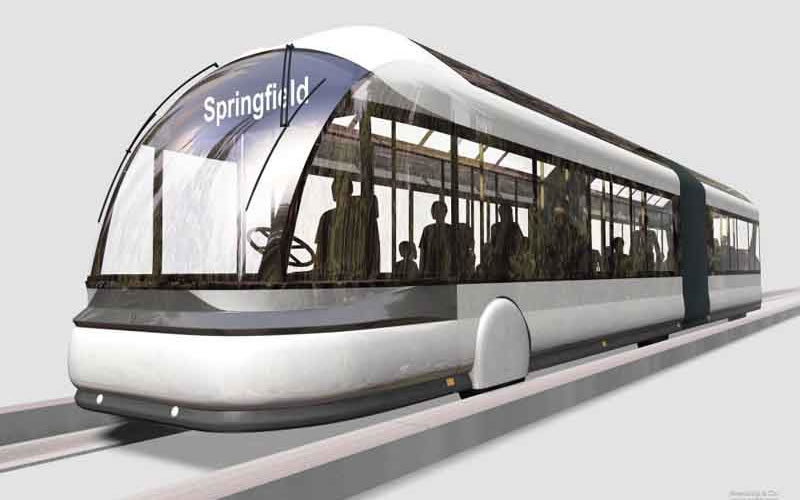“Most of the wonderful places in the world were not made by architects, but by people.”
— Christopher Alexander
By Kyra Morris, contributing editor | Lowcountry Rapid Transit (LRT), a proposed dedicated bus system between Summerville and Charleston, should not be just a metro system for transportation. It should also be the focal point for comprehensive community redevelopment, especially for stations along Rivers Avenue in North Charleston.
Now is the time for the planning and fund-raising. All of the benefits and barriers should be considered. We need to seize this opportunity for all of the Tri-county community and create neighborhoods where there are green spaces, safe areas for pedestrians and cyclists, creative mixed use environments for housing and businesses, and social networking centers.
A lot of research has been done showing that improving the environment often provides the nudge for individuals to lead healthier more productive lives. A lot of research also has been done showing that the Charleston area needs to mitigate sprawl and develop blueprints that show desirable urban in-fill.
The LRT is on a pathway towards implementation. This pathway goes along Rivers Avenue and proposes 18 stations on its route, as outlined in an earlier column. These stations need to be not only functional, weatherproof and aesthetic, but they also need to be accessible easily by foot and bicycle traffic. Now is the time to do the planning to rethink neighborhoods and areas around these stations. We need to figure out the whats and the hows of each station, and to determine what kinds of public and private funding exists to facilitate improvements.
The Blue Zones Project is a resource. It stems from work published by Dan Buettner in 2005. He identifies five areas in the world where people live healthier and longer lives. The commonalities of the areas are based on family, green space, healthy eating, exercise and social engagement.
This work also discusses “Life Radius,” which is the area close to home where most people spend 90 percent of their time. Life Radius does not focus solely on the individual but includes the environment and systems around the individual. Therefore in tandem with Life Radius concepts, the process of development should consider street and park designs, green spaces with bike and pedestrian pathways, mixed-use business and housing, public policies, ordinances, schools and social involvement. According to this concept, if healthy and environmentally sustainable choices are apparent and part of the community infrastructure, then healthy, environmentally- and economically-sustainable decisions will be made.
The obvious need is the active access for each LRT station. Each should be attractive, safe and easy to access by pedestrians and cyclists, not just automobiles. If we can achieve this, the probability increases that the surrounding community may be more engaged and active.
Social networks also are part of this integrated development concept. Bringing people together strategically to have shared, positive interactions creates good habits and perpetuates good decisions. Therefore, the access to churches, schools, healthy restaurants, grocery stores and places of work become part of the community design. The act of engaging and improving a neighborhood provides ways for individuals to get involved and to volunteer in projects that mean something to them. This creates bonds from within that hold communities together for generations.
The Blue Zones Project provides several examples of the benefits of improving the environment of communities. Examples include substantial reductions in cardiovascular disease and incidence of cancer. Other independent research, such as a five-year study from the University of Louisville, shows the proximity and density of green spaces have a direct correlation on the levels of the “stress” hormone epinephrine. The findings were irrespective of the participants’ age, sex, ethnicity, smoking status, neighborhood deprivation, the use of statin medications and roadway exposure. Christopher Alexander, a world-renowned architect, has been a leader in environmental design since the 1970s. The concept that the environment of a neighborhood is directly correlated with its health, mental status and economic sustainability is based on facts and research.
Even though Charleston recently declined becoming Blue Zone Certified community, Charleston’s mayor’s office said valuable lessons were learned to help with new and more effective initiatives for our communities. So let’s apply what we’ve learned to planning and implementation of Lowcountry Rapid Transit.
Now the opportunity exists for making a difference with the construction of the LRT. The benefits include the use of desirable urban in-fill, creative mixed-use habitats and attractive accessible green spaces for many to enjoy. These benefits will ultimately and organically improve our tax base, which will aid our ability to sustain communities along the LRT. The return on our investment will be long-term — and will benefit our children and our children’s children.
The LRT provides us with the catalyst to rethink community development. We may relook at government policies for infrastructure along with policies for things such as food and tobacco,. We may take a fresh look at the placement of jobs, schools, restaurants, places to share faith and housing. We may purposefully provide new social networks where people can get involved and volunteer to help sustain the culturally rich environment we call our home – all of Charleston. The LRT is more than a transit system. It is a pathway to new communities.
- Have a comment? Send to: editor@charlestoncurrents.com





 We Can Do Better, South Carolina!
We Can Do Better, South Carolina!
























